coding@home TV
The Queensland Department of Education partnered with Channel 10 to deliver coding@home TV for primary and secondary students. Episodes enable students to engage in real-world coding problems and solutions, and connect with industry partners.
Additional details
| Year band(s) | 7-8 |
|---|---|
| Format | Web page |
| Keywords | Coding, Chatbots, Programming, Online safety, Channel 10 |
| Organisation | Queensland Department of Education |
| Copyright | The State of Queensland (Department of Education) 2020. May be subject to Copyright Act Statutory licence. |
Related resources
-
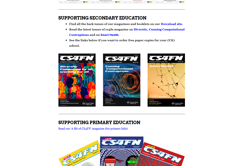
Teaching London Computing
Find activities for learning about Computer Science in fun ways on this site based on our underpinning Computer Science Education research.
-
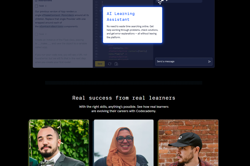
Codecademy
This site provides tutorials on web design tools. Requires free registration.
-
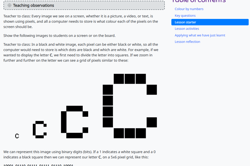
CS Unplugged: Image Representation - Colour by Numbers
Use these activities with your students to explore how computers store and transmit data to create a black and white image.
-
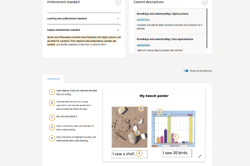
Work Samples
This site provides access to annotated work samples in accordance with the Australian curriculum for years F-10.
-
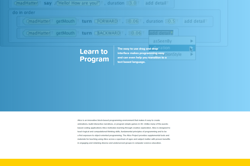
Alice
Alice is a FREE 3D programming environment that makes it easy to create an animation for storytelling, playing an interactive game, or a video to share on the web.
-

The Office of the eSafety Commissioner: Parent resources
Online safety resources for parents and carers.
-
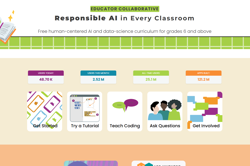
App Inventor EDU
Use this six week teaching program using a project based curriculum that allows students to explore the world of computer science through the creation of smartphone apps.
-
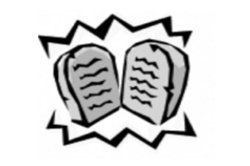
Network Protocols
Use this unplugged activity to explore how computers talk to each other over the internet via messages.
